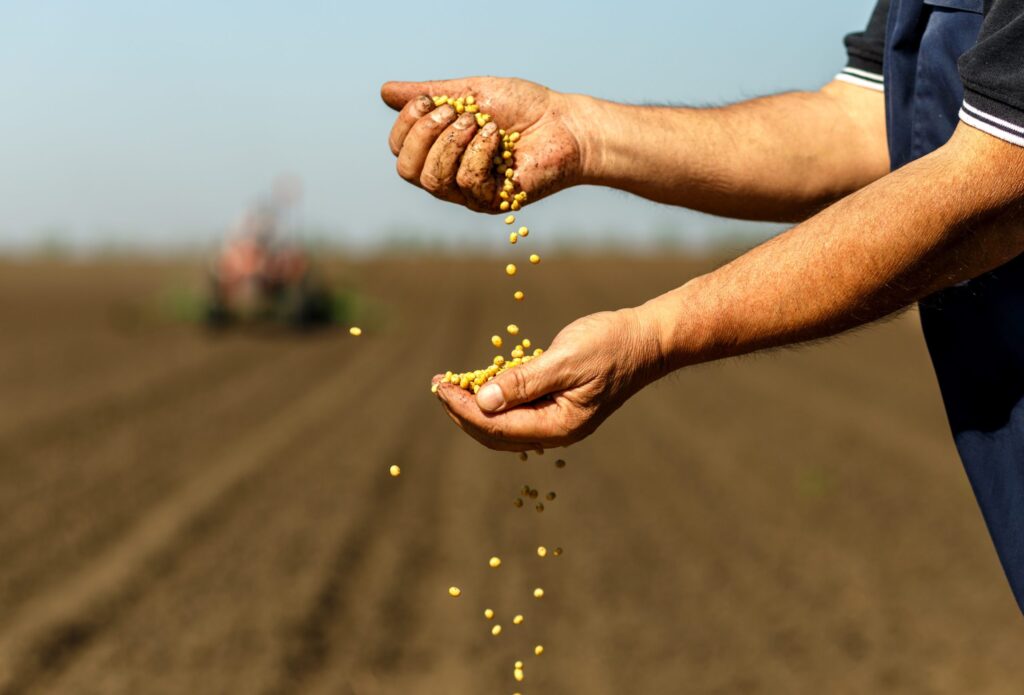Growers know applying inoculants can enhance N-fixation, boost yields, reduce stress, and protect young crops. But, how do you know if they worked?
Here are five ways to determine the efficacy of your inoculants, and how to plan for next year’s success.
#1: Determine the mode-of-action of your inoculant
Inoculants support seeds for a healthy start. Not all inoculants do this in the same way. It’s important to know the function of your inoculants to determine their performance.
Inoculants can be classified as biofertilizers, bioherbicides, biopesticides, and biocontrol agents. Depending on the inoculants, these microbial inoculants may promote plant growth, or play a role in pest, disease, and weed control. You can’t measure a biofertilizer’s effectiveness as its ability to ward off harmful larva, as deterring pests isn’t its intended use.
Once you know the mode-of-action, you’ll have parameters to evaluate effectiveness.
#2: Evaluate field conditions
While inoculation can protect young crops from many things, it can’t protect them from everything like harmful environmental conditions or farming practices.
Irregular or extreme weather, like flooding, can kill inoculants, such as rhizobia. Soil temperature can also impact inoculants as dramatic temperatures can cause reduced stand or increased stress.
Tilling practices (no-till, partial-till, or tilled) can affect stand efficacy as stand issues can occur via soil compaction.
#3: Make a measurement plan
Historical data will inform what is and isn’t working when it comes to your inoculants. Gather the information you can from this year, and track the following next year:
- Emergence date
- Evenness of emergence
- Plant vigor/size
- Root development
- Stand
- Yield
#4: Next year, compare inoculants with test groups
Conduct a side-by-side test, or a treated vs. untreated field.
For the side-by-side test, plant a strip or section of the field with treated seed with inoculants, and plant untreated seed on an adjacent section of the same field. Do this at multiple locations in your fields to get an average across multiple acres.
For a treated vs. untreated field test, add inoculants to one field and leave a different field untreated. Or, alternatively, divide one field in half with treated and untreated seeds. Note drainage issues, nutrient levels, pest pressure, and crop rotations that could affect the outcome.
#5: Consider a seed microbial food
If your fields are prone to excess water, increased salinity, or irregular temperature, invest in a soil or seed microbial food to support soil structure and inoculant survival. Healthier soil supports healthier plants, so your crops can support inoculant N-fixation earlier.
Look for a seed treatment that will provide a balanced meal to the seed and soil microbes with a high mixability with your current seed treatment plan, and proven results to support inoculants.
One year usually isn’t enough time to determine how well your inoculants worked. This data can give you a baseline to test against next year. Compile your data over time to create a successful seed treatment mix for your crops.








